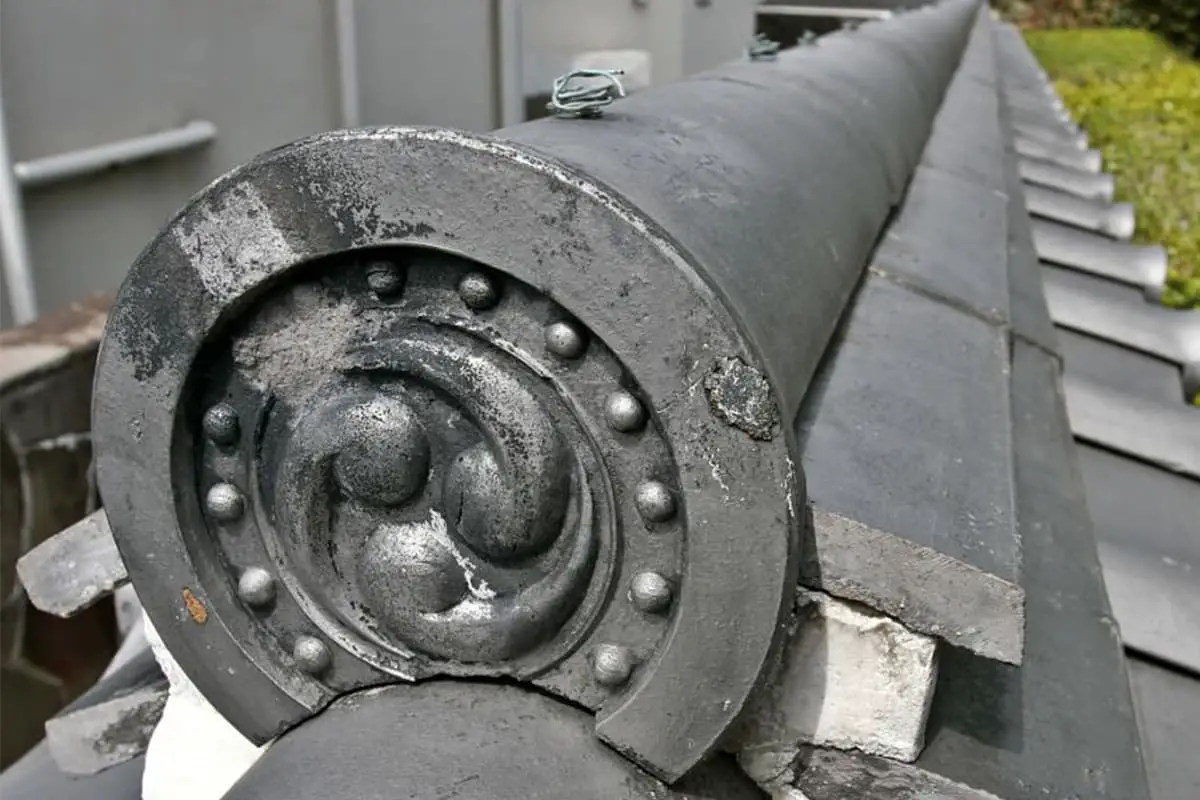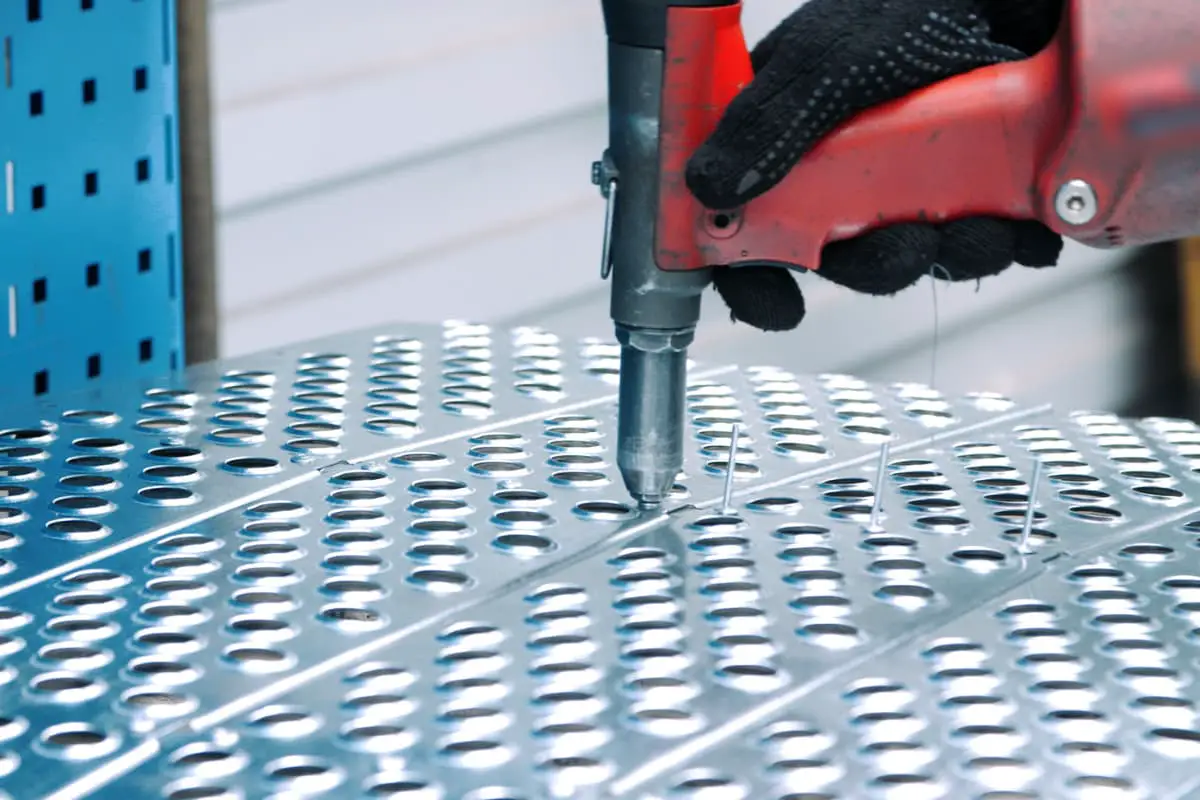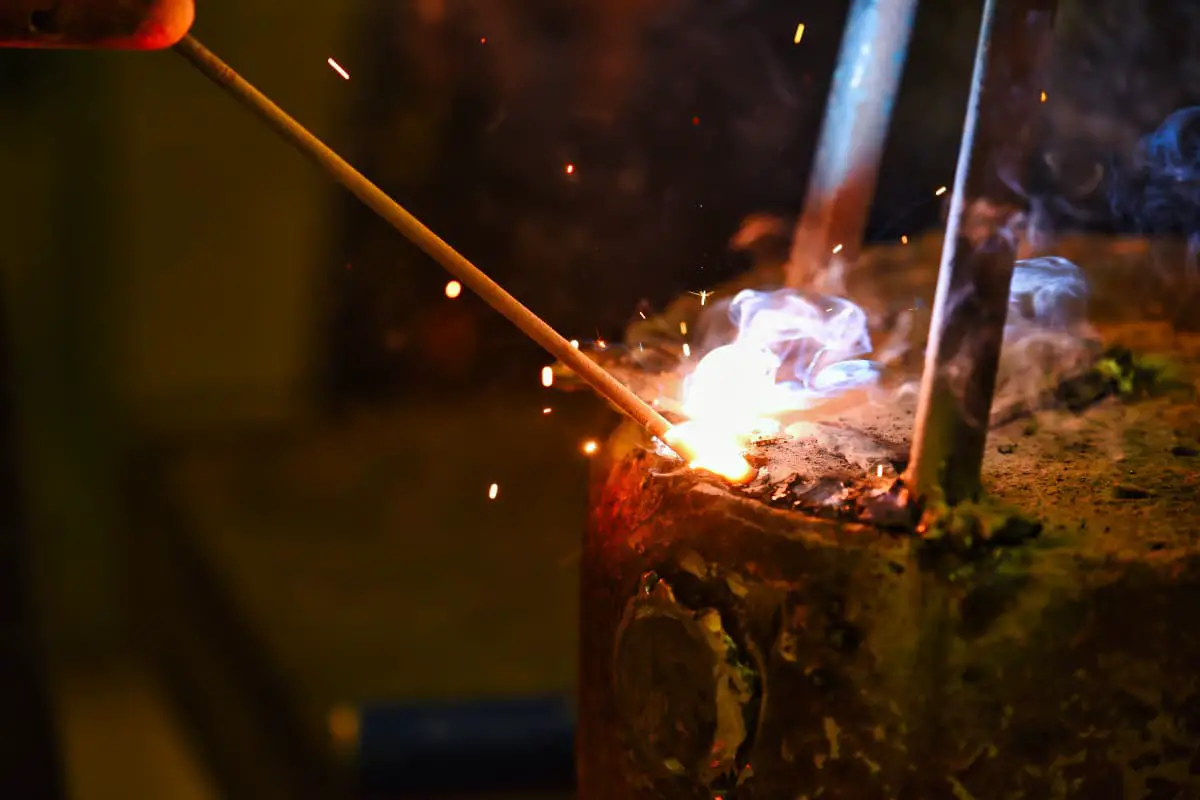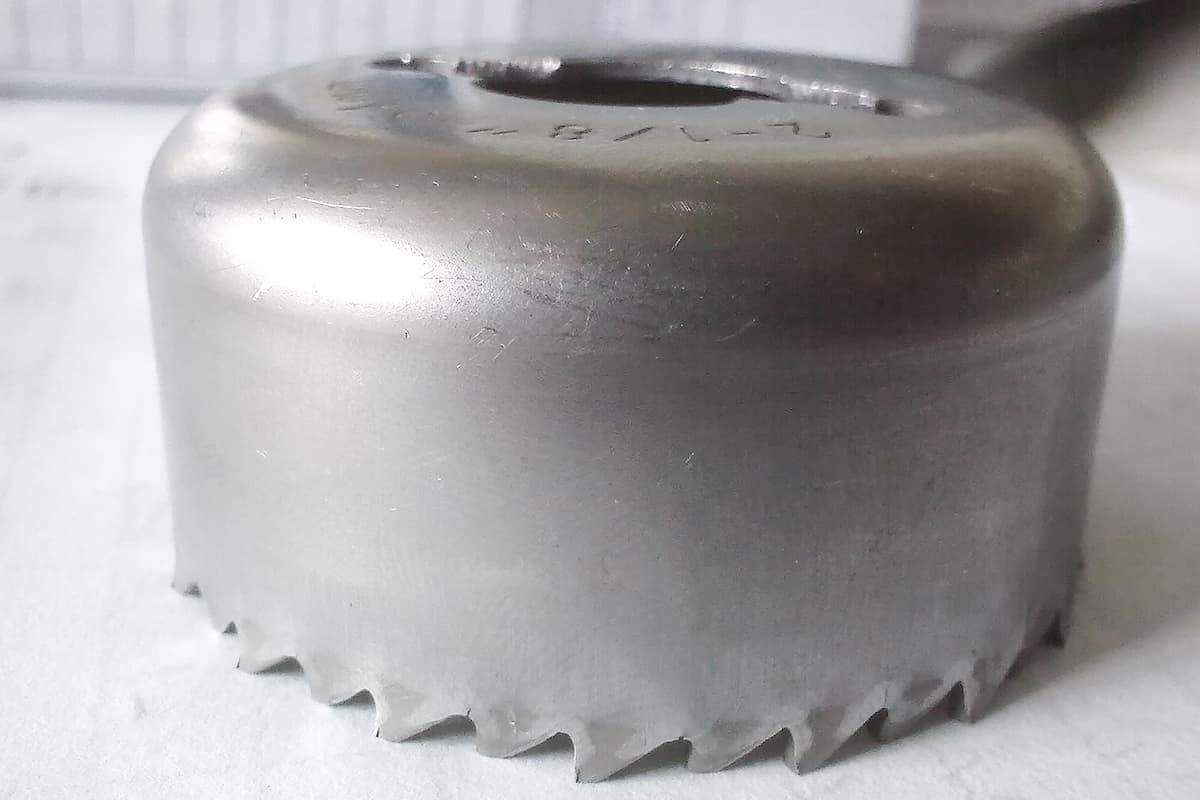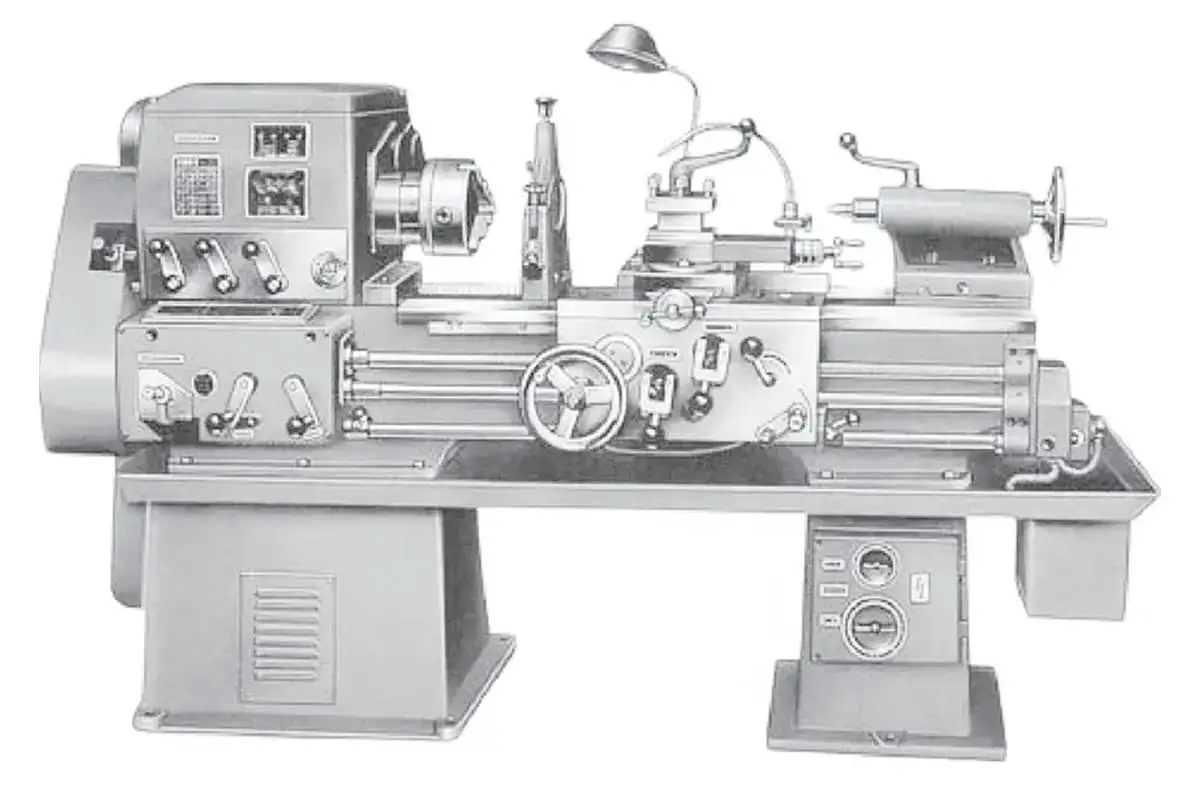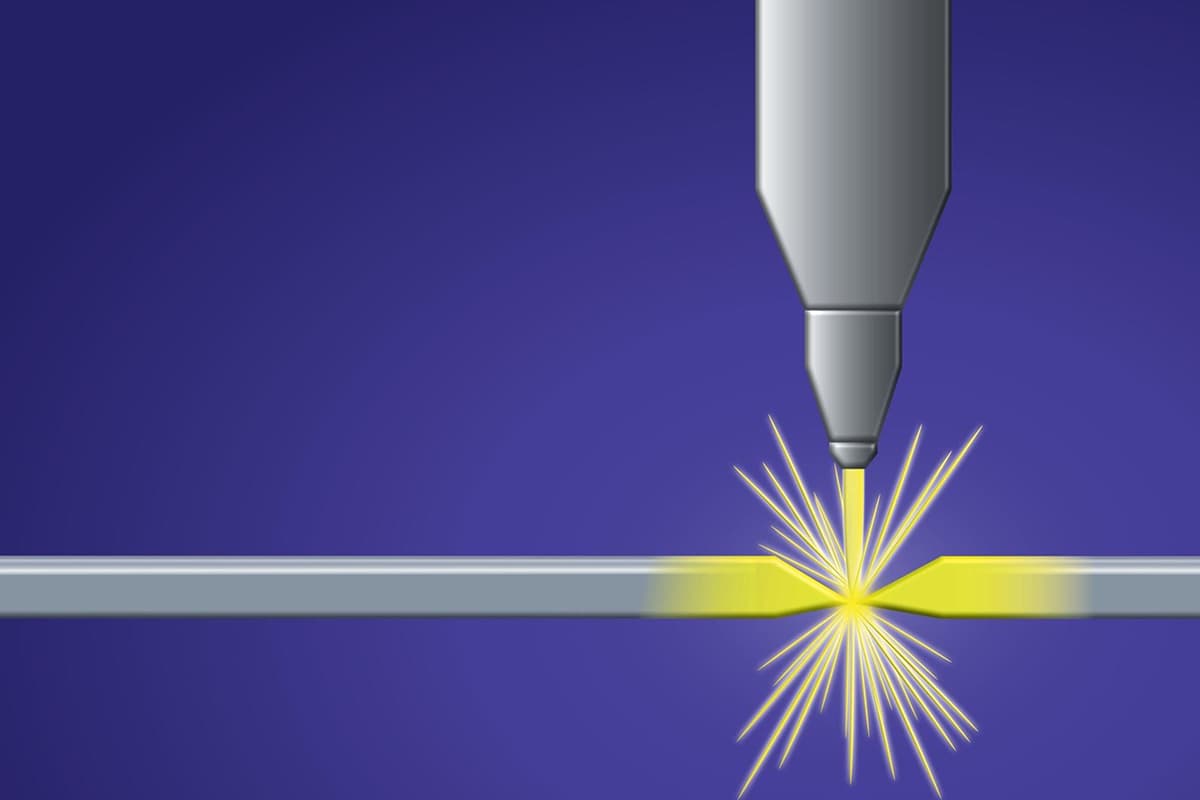
I. Comparison of Aluminum Alloy Grades Among Different Countries
International Aluminum Alloy Grade Comparison Table
| Category | China | United States | ||||
| GB | YB | HB | ASTM UNS | ANSI AA | SAE | |
| Aluminum Silicon Alloy | ZL101 | ZL11 | HZL101 | A03560 A13560 | 356.0 A356.0 | 323 |
| ZL102 | ZL7 | HZL102 | A14130 | A413.0 | 305 | |
| ZL104 | ZL14 | — | — | — | — | |
| Aluminum Silicon Alloy | ZL104 | ZL10 | HZL104 | A03600 A13600 | 360.0 A360.0 | 309 |
| ZL105 | ZL13 | HZL105 | A03550 C33550 | 355.0 C355.0 | 322 | |
| ZL106 | — | — | A03280 A03281 | 328.0 328.1 | 331 | |
| ZL107 | — | — | A03190 A03191 | 319 | 326 | |
| ZL108 | ZL8 | — | — | SC122A(old) | ||
| ZL109 | ZL9 | — | A03360 A03361 | 336.0 336.1 | — | |
| ZL110 | ZL3 | — | — | — | ||
| ZL111 | — | — | A03541 A03540 | 354 | — | |
| Aluminum Copper Alloy | ZL201 | — | HZL-201 | — | — | — |
| — | — | HZL-202 | — | — | — | |
| ZL202 | ZL1 | — | A03600 | A360.0 | 309 | |
| ZL203 | ZL2 | HZL-203 | A02950 | 295.0 B295.0 | 38 | |
| Aluminum Magnesium Alloy | ZL301 | ZL5 | HZL-301 | A05200 A05202 | 520.0 520.2 | 324 320 |
| ZL302 | ZL6 | — | A05140 A05141 | 514.0 514.1 | — | |
| _ | _ | HZL-303 | — | — | — | |
| Aluminum Zinc Alloy | ZL401 | ZL15 | HZL401 | — | — | — |
| ZL402 | — | — | A07120 A07122 | 7122.2 | — | |
| — | — | HZL-505 | — | — | — | |
| Category | United Kingdom | France | Japan JIS | ISO | ||
| BS | BS/L | NF | AIRLA | |||
| Aluminum Silicon Alloy | — | — | A-S7G | AS7G03 | AC4C | AlSi7Mg |
| LM20 | 4L33 | A-S13 | — | AC3A | AlSi12 | |
| — | — | — | — | AC2B | — | |
| Aluminum Silicon Alloy | LM9 | L75 | A— S9G A—S10G | AS10G | AC4A | AlSi9Mg AlSi10Mg |
| LM16 | 3L78 | — | — | AC4A | — | |
| LM-24 | — | — | — | AC4D | — | |
| LM4 LM21 | L79 | A— S5UZ A—S903 | — | AC4B | — | |
| LM2 | — | — | — | — | — | |
| LM13 | — | A—S12UN | — | AC8A | AlSi12Cu | |
| LM1 | — | — | — | — | — | |
| — | — | — | — | — | — | |
| Aluminum Copper Alloy | — | — | A-U5GT | A-U5GT | — | AlCu5MgTi |
| — | — | — | — | — | — | |
| — | — | A-U8S | — | — | Al-Cu8Si | |
| — | 2L91 2L92 | A-U5GT | — | ACIA | Al-Cu4MgTi | |
| Aluminum Magnesium Alloy | LM10 LM5 | 4L53 | — | — | AC7B | — |
| — | L74 | A-G6 A-G3T | — | AC7A | Al-Mg6 Al-Mg3 | |
| — | — | — | — | — | — | |
| Aluminum Zinc Alloy | — | — | — | — | — | — |
| — | — | A-Z5G | — | — | Al-Zn5Mg | |
| — | — | — | — | — | — | |
II. The main characteristics and applications of various grades of aluminum alloys (ZL cast aluminum)
ZL101
Simple composition, easy to melt and cast, good casting performance, good airtightness, and relatively good welding and machining performance, but not high mechanical properties. Suitable for casting various parts with thin walls, large areas, and complex shapes, and low strength requirements, such as pump housings, gearboxes, instrument cases (frames), and parts on household appliances. Mainly using sand casting and metal casting.
Zl101A
Because a small amount of Ti was added on the basis of ZL101, which refined the grains and strengthened the structure of the alloy, its comprehensive performance is higher than ZL101 and ZL102, and it has better corrosion resistance. It can be used as high-quality castings for various structural components on general load engineering structures and motorcycles, automobiles, household appliances, and instrument products. Its usage is currently second only to ZL102. Mostly using sand casting and metal casting.
Zl102
The biggest feature of this alloy is its good fluidity, other properties are similar to ZL101, but its airtightness is better than ZL101. It can be used to cast various complex-shaped, thin-walled die castings and thin-walled, large-area, complex-shaped metal or sand castings with low strength requirements. Whether it is die castings or metal type, sand castings, it is the most used casting aluminum alloy variety in civilian products.
Zl104
Because it has a large amount of work crystals and Mn has been added, it offsets the harmful effects of Fe mixed into the material, has good casting performance and excellent airtightness, corrosion resistance, and relatively good welding and machining performance, but poor heat resistance. Suitable for making complex-shaped, large-sized dynamic structural parts with large loads, such as supercharger housings, cylinder heads, cylinder liners, etc., mainly using die casting, as well as sand casting and metal casting.
ZL105, ZL105A
Due to the addition of Cu, the content of Si is reduced, its casting performance and weldability are worse than ZL104, but the room temperature and high-temperature strength, and machining performance are better than ZL104, plasticity is slightly lower, and corrosion resistance is poor.
Suitable for complex-shaped, large-sized, and heavy-load dynamic structural parts. Such as supercharger housings, cylinder heads, cylinder liners, etc. ZL105A has reduced the content of the impurity element Fe in ZL105, improving the strength of the alloy and has better mechanical properties than ZL105. It is mostly used for casting high-quality castings.
ZL106
Due to the increased content of Si, and the addition of trace amounts of Ti and Mn, the alloy’s casting performance and high-temperature performance are better than ZL105, and it also has good airtightness and corrosion resistance. It can be used for general load-bearing structural components and parts that require good airtightness and work at higher temperatures. Mainly using sand casting and metal casting.
ZL107
ZL107 has excellent casting performance and airtightness, good mechanical properties, general welding and machining performance, and slightly poor corrosion resistance. Suitable for making structural parts that bear general dynamic or static loads and parts that require airtightness. Mostly using sand casting.
ZL108
ZL108 has a high Si content and has been infiltrated with Mg, Cu, Mn, which gives the alloy excellent casting performance, and it also has a small thermal expansion coefficient, good wear resistance, high strength, and good thermal stability. But the corrosion resistance is slightly lower. Suitable for making pistons of internal combustion engines and other wear-resistant parts, as well as parts that require stable dimensions and volume. Mainly using die casting and metal casting, but sand casting can also be used.
ZL109
This is a complexly alloyed Al-Si-Cu-Mg-Ni alloy. Due to the increased Si content and the addition of Ni, the alloy has excellent casting performance and airtightness, as well as higher high-temperature strength, improved wear resistance and corrosion resistance, and a significant reduction in linear expansion coefficient and density. Suitable for making pistons of internal combustion engines and wear-resistant parts that require stable dimensions and volume. Mainly using metal casting and sand casting.
ZL111
ZL111 is a complexly alloyed alloy. Due to the addition of Mn and Ti, the alloy has excellent casting performance, good corrosion resistance, airtightness, and high strength. Its welding and machining performance are average.
Suitable for casting complex-shaped, heavy-load dynamic structural parts (such as aircraft engine structural parts, water pumps, oil pumps, impellers, etc.), parts that require good airtightness and work at higher temperatures. Mainly using metal casting and sand casting, but die casting can also be used.
ZL114A
ZL112 is a complexly alloyed alloy. Due to the addition of Mn and Ti, the alloy has excellent casting performance, good corrosion resistance, airtightness, and high strength. Its welding and machining performance are average.
Suitable for casting complex-shaped, heavy-load dynamic structural parts (such as aircraft engine structural parts, water pumps, oil pumps, impellers, etc.), parts that require good airtightness and work at higher temperatures. Mainly using metal casting and sand casting, but die casting can also be used.
ZL115
It has good castability and high mechanical properties, mainly used as engineering structural components and other parts under heavy loads, such as valve bodies, impellers, etc. Mainly using sand casting and metal casting.
ZL116
By removing Zn and Sb from the ZL115 alloy and adding trace elements Ti and Be, the alloy’s grains are refined, and the harmful effects of the magazine Fe are reduced, thus giving the alloy good castability, airtightness, and higher mechanical properties.
Suitable for casting power structural parts that bear heavy loads, such as some parts on airplanes and missiles, and various parts on civilian products that require good comprehensive performance. Mainly using sand casting and metal casting.
ZL117
ZL117 alloy is a complex alloyed Al-Cu-Mg hypereutectic wear-resistant alloy. Because it contains 19-22% Si and has added trace elements Mn and rare earth elements RE, the alloy becomes an advanced wear-resistant material with many high-hardness primary Si particles distributed on a soft matrix, and it has good castability as well as excellent room temperature and high-temperature strength, and a low thermal expansion coefficient.
Suitable for casting internal combustion engine pistons, brake pads, and other wear-resistant active dimensionally stable structural parts with high strength. Mainly using metal casting, but sand casting can also be used.
In addition, the Ministry of Aviation Industry has developed three types of aluminum-silicon alloys (ZL112Y, ZL113Y, ZL117Y). Both ZL112Y and ZL113Y are Al-Si-Cu die-casting alloys, both of which have good castability, airtightness, and high mechanical properties, suitable for casting parts that require strength and working temperature to be high, good airtightness, as well as other parts such as pistons that require wear resistance, dimensional stability, and good heat transfer properties.
Mainly using die casting but can also use sand casting and metal casting. Different from Zl108 alloy, it reduces the Si content and increases the content of Cu, which enhances solid solution strengthening and precipitation hardening, thus its room temperature and high-temperature performance are better than Zl108.
ZL201
ZL201 has good room temperature and high-temperature mechanical properties, general plasticity, welding and machining performance, but poor fluidity and a tendency to hot cracking, and poor corrosion resistance. Suitable for casting structural parts that work at higher temperatures (200-300℃) or parts that bear large dynamic or static loads at room temperature, as well as parts that work at low temperatures (-70℃). Mainly using sand casting.
ZL201A
This alloy greatly reduces the content of impurities Fe and Si, and has higher room temperature and high-temperature mechanical properties than ZL201. It has good machining and welding performance, but poor castability. It can be used for parts that work at 300℃ or bear large dynamic or static loads at room temperature. Mainly using sand casting.
ZL202
ZL202 has relatively good castability and higher high-temperature strength, hardness, and wear resistance, but poor corrosion resistance. Suitable for casting parts that work at a temperature of 250℃ with a small load, such as cylinder heads. Mainly using sand casting and metal casting.
ZL203
Since ZL203 has reduced Si content, it has slightly poor fluidity, a greater tendency to hot cracking, and relatively poor corrosion resistance, but it has good high-temperature strength and welding and machining performance. Suitable for casting parts that work at temperatures below 250℃ with small loads, as well as parts that bear large loads at room temperature, such as instrument parts, crankcase bodies, etc. Mainly using sand casting and low-pressure casting.
ZL204A
This is a high-purity, high-strength cast Al-Cu alloy, which also has good plasticity and good welding and machining performance, but poor castability. Suitable for casting structural parts that bear large loads, such as support seats, support arms, etc. Mainly using sand casting and low-pressure casting.
ZL205A
This is currently the highest strength aluminum alloy used in the world. It has good plasticity and corrosion resistance, excellent machining and welding performance, but relatively poor castability. Suitable for casting structural parts that bear large loads and some parts that do not require high airtightness. Mainly using sand casting, low-pressure casting, and can also use metal casting.
ZL207
ZL207 has very high high-temperature strength. Its castability is average, and welding and machining performance are also average, but its room temperature strength is not high. Suitable for casting various structural parts that work at temperatures of 400℃, such as valve bodies on aircraft engines, and some heat-resistant components in the refining industry. Mainly using sand casting and low-pressure casting.
ZL209
The tensile strength, yield point, and high-temperature strength of ZL209 alloy are all higher than those of ZL201A, and it has better welding and machining performance, but its casting performance and elongation are poorer. Suitable for casting various components that require wear resistance at higher temperatures, such as parts on internal combustion engines, etc. Mostly using sand casting.
ZL301
This is one of the most corrosion-resistant varieties among existing aluminum alloys, with very good machinability and relatively good weldability, high strength, and good anodizing performance, but the casting process is complex, operation is troublesome, and castings are prone to defects such as porosity and hot cracking.
Suitable for casting various parts with significant loads in corrosive media such as seawater at working temperatures below 150℃, such as various components inside marine ship cauldrons, pump casings, impellers, frames, etc., in the petroleum industry, mostly using sand casting.
ZL303
Higher high-temperature strength than ZL301, good corrosion resistance (slightly worse than ZL301), superior machinability, good weldability, better casting performance than ZL301, cannot be heat treated, resulting in much lower mechanical properties than ZL301.
Suitable for casting parts such as aero engine, missile, internal combustion engine, chemical pump, oil pump, petrochemical gas pump casings, rotors, blades, etc., that bear medium loads in corrosive media like seawater, chemicals, and gas. Mainly using pressure casting and sand casting.
ZL305
ZL305, due to the addition of Zn, has reduced the content of Mg, and both the casting performance and the structural stability after natural aging are better than those of ZL301 and ZL303 alloys, with a smaller tendency to form porosity and hot cracking. Also, because of the addition of trace elements Ti and Be, this alloy has good comprehensive performance, strong stress corrosion resistance, but poor mechanical properties at high temperatures.
Suitable for casting parts that bear large loads in corrosive media like seawater, chemicals, and gas below 100℃, such as aero engines, internal combustion engines, chemical pumps, oil pumps, petrochemical gas pump casings, rotors, blades, etc. Mainly using sand casting.
ZL401
ZL401 has very good casting performance, small tendencies for shrinkage porosity and hot cracking, higher mechanical properties, good welding and machining performance, but has a higher specific gravity, low plasticity, and poor corrosion resistance.
Often used for die casting and molds, templates, and structural parts on products such as aero engines, internal combustion engines, vehicles, etc., that work at temperatures not exceeding 200℃ and bear medium loads. Mainly using pressure casting, as well as sand and metal casting.

